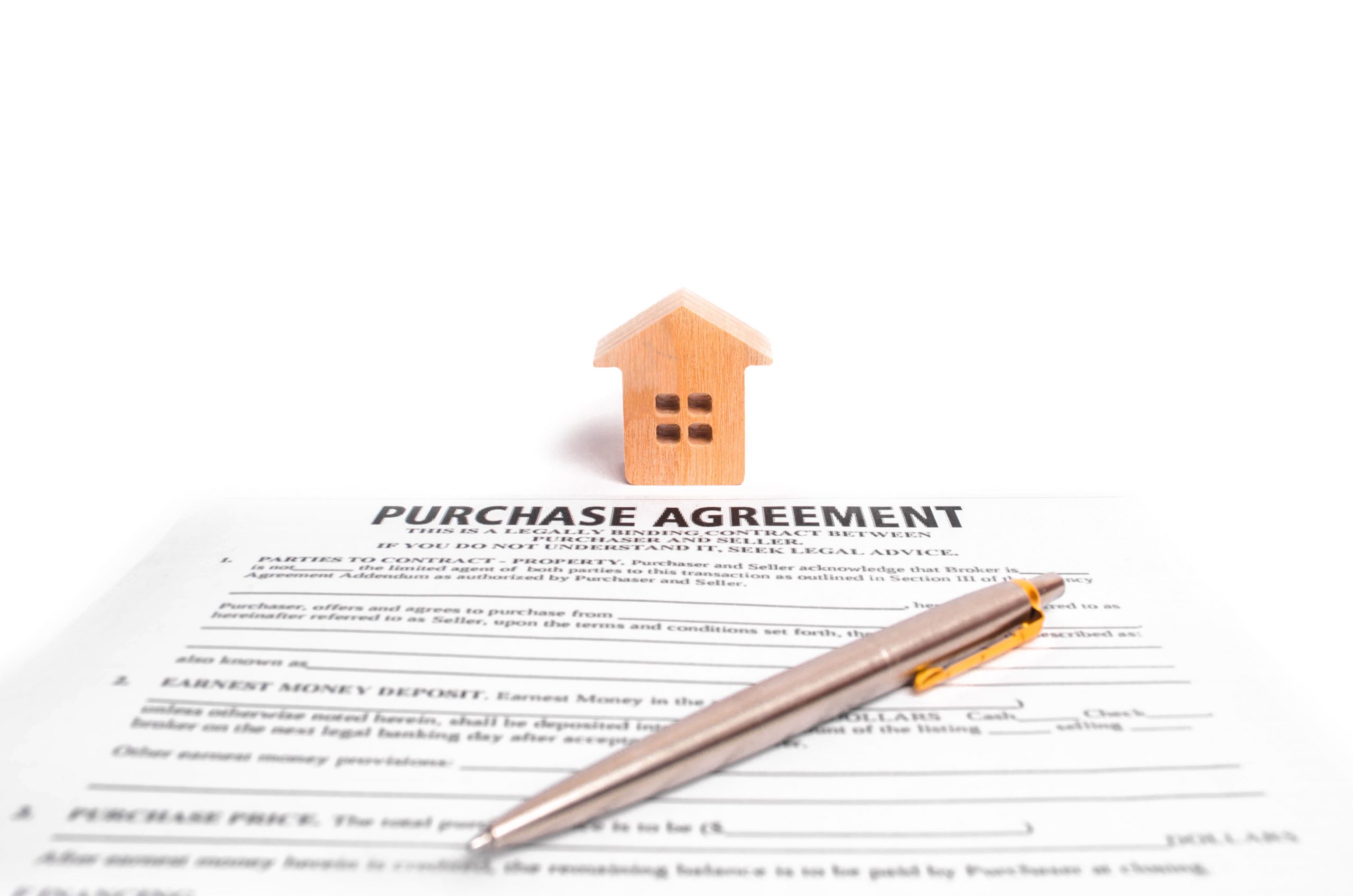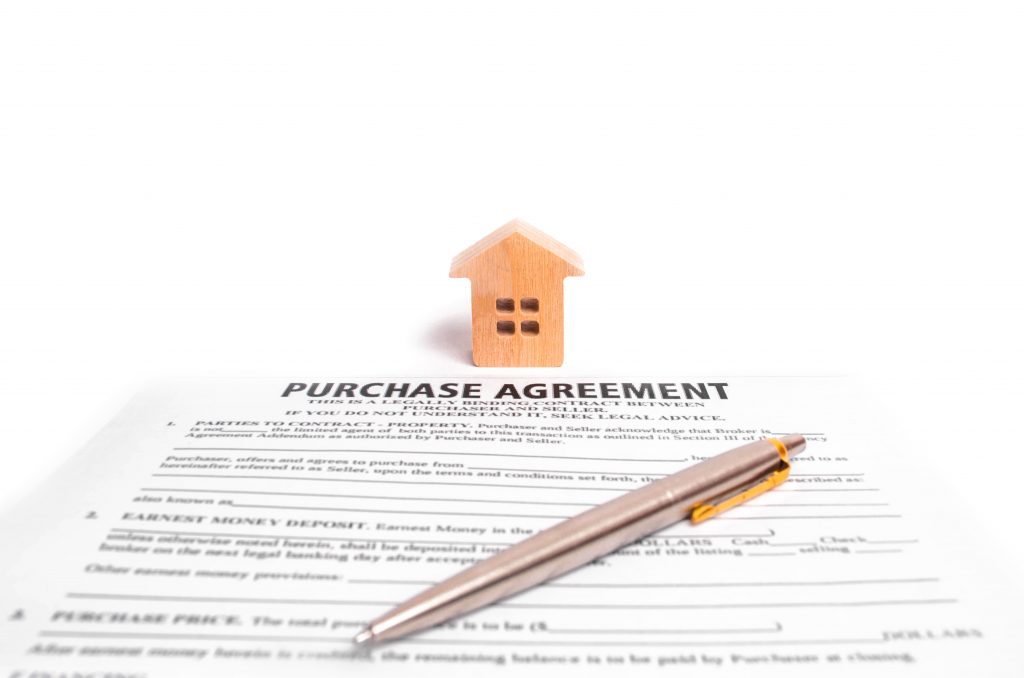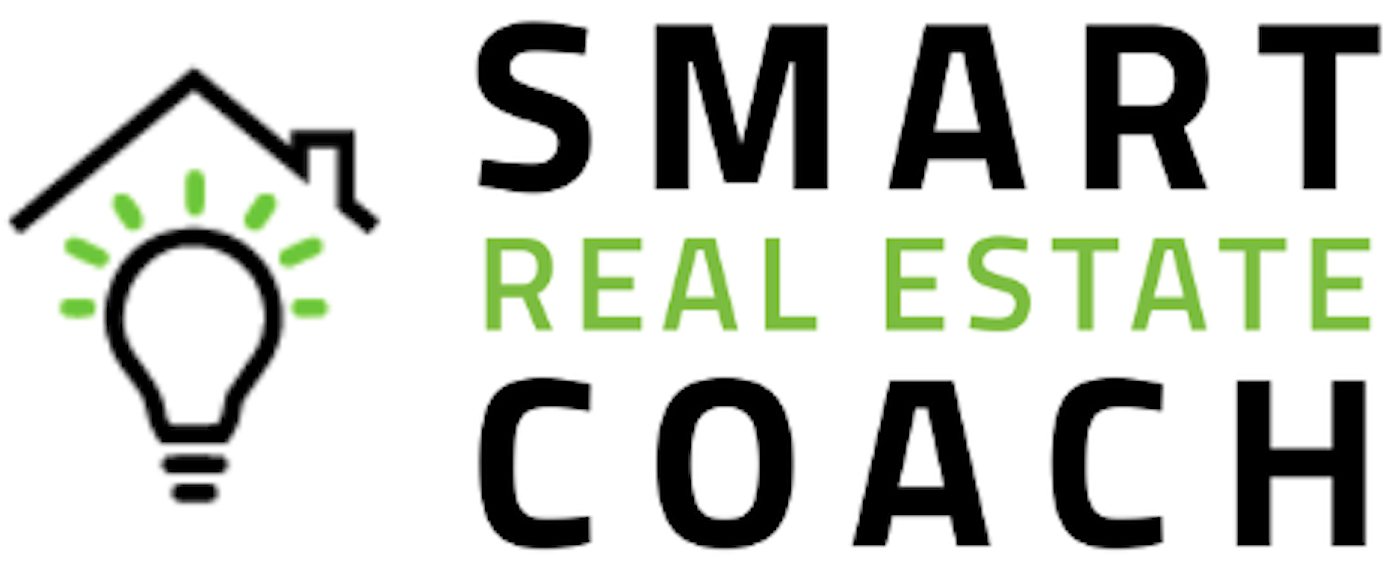
26 Oct What is the difference between lease option and lease purchase? Discover which buying option may be right for you.

Investing in real estate can be a big step and knowing how to do that without having a lot of cash on hand is the key to ensuring you aren’t waiting years to start making investments. One of the best ways to start investing is through a lease purchase. But, when you’re shopping for a home, be sure not to confuse a lease purchase and a lease option. So what is the difference between a lease option and a lease purchase? Continue reading for a detailed explanation.
Understanding Lease Options
What is the difference between lease option and lease purchase? To understand the difference, it’s essential to understand what a lease option is. The first thing to know about a lease option is that, unlike a lease purchase, the contract doesn’t force a buyer to buy.
Within a lease option contract, the seller is the only person who is obligated to sell. However, like in a lease purchase, the buyer has a specified amount of time to rent the property without worrying that the owner will sell the property during the rental period.
However, lease options tend to have a longer rental term than lease purchases.
How Smart Real Estate Coach Puts this into Effect
In our company, when working with lease options, we try to ensure the leasing period is at least 36 months. We typically have to cap it there because of two things: one, your three paydays, which will likely total an average between $45,000 to $125,000 per deal, and all three paydays are going to be 36 months away or more.
Secondly, some people use the home that has the lease option as their primary residence, and leaving their home for two out of five years can create capital gains issues. Morally and ethically, you want to bring up the capital gains taxes that will add up if the lease option time frame is longer than what the capital gains tax code allows. Especially if a seller has that home listed as their primary residence.
In other words, if I'm living in my home now and I have lived in that home for two of the last five years, that means for 36 months, I'm okay. But, if I go past that, as a seller, I'm going to be hit with capital gains taxes versus it being my primary residence and not be subject to that within the limitations from the accounting standpoint.
Navigating the Negotiation and Capital Gains Tax
When negotiating a deal with a seller, talking about the capital gains issues is essential because if you don’t bring it up, and the lease term is for five years, and they’re stuck with capital gains taxes after they sell, they’re going to come to you and ask why you didn’t tell them about the tax risk.
With the capital gains tax warning out of the way, we can talk about more extended leasing options. Some people don’t mind paying the capital gains—for some, the home you purchase won’t be a primary residence anyway, so capital gains are inevitable. When worrying about capital gains isn’t an issue, you can structure a longer leasing term. We’ve seen five, seven, or even nine-year leases on homes that were too tight on what's owed and the value, so time was needed to allow the property value to increase before selling.
If you want to know more about lease options and lease purchases, check out the video below and our entire library of videos on our YouTube Channel.
Now, what is the difference between lease option and lease purchase?
We’ve already talked a little about a lease option, but what about a lease purchase? The simplest way to describe a lease purchase is that, with lease purchases, a buyer has the opportunity to buy their home after a certain period of renting it.
Typically, a lease purchase has a non-refundable down payment and a rental term that is for 12-24 months. After the lease term is over, the renter has the option to purchase the home for an agreed-upon price set in the contract. The buyer is also locked into the purchase at the end of the lease agreement, while the seller can walk away.
Another great thing about a lease purchase is that at least a portion of the rent usually goes toward the purchase. So, for example, say the agreed-upon purchase price is $100,000—a steal, but we like easy math—the buyer has $10,000 down and is making monthly rental payments of $1,000, with $500 going toward the purchase price. At the end of a 12-month lease agreement, the renter has $16,000 down on the home, making the amount owed $84,000.
By using a lease purchase, buyers can often buy homes they wouldn’t otherwise be able to afford, especially if they don’t have much financial liquidity. Lease options typically work this way; however, lease options usually have a longer leasing term, and the renter is not obligated to purchase the home at the end of the lease agreement, while the seller cannot walk away.
What actually differentiates between a Lease Option and a Lease Purchase?
- In a lease option the seller can sell the property upon competition of the terms
- A lease purchase ensures the buyer the ability to purchase after the terms are complete
- A lease purchase will typically have a non-refundable down payment
- Lease options will include having to discuss the capital gains tax in the negotiations
Lease purchases and lease options can be a great way to invest in your first home. If you’d like to learn more about how to do these deals yourself, check out the courses available in our Wicked Smart Academy. Or if you are still not sure what is the difference between lease option and lease purchase, consider visiting our blog.



